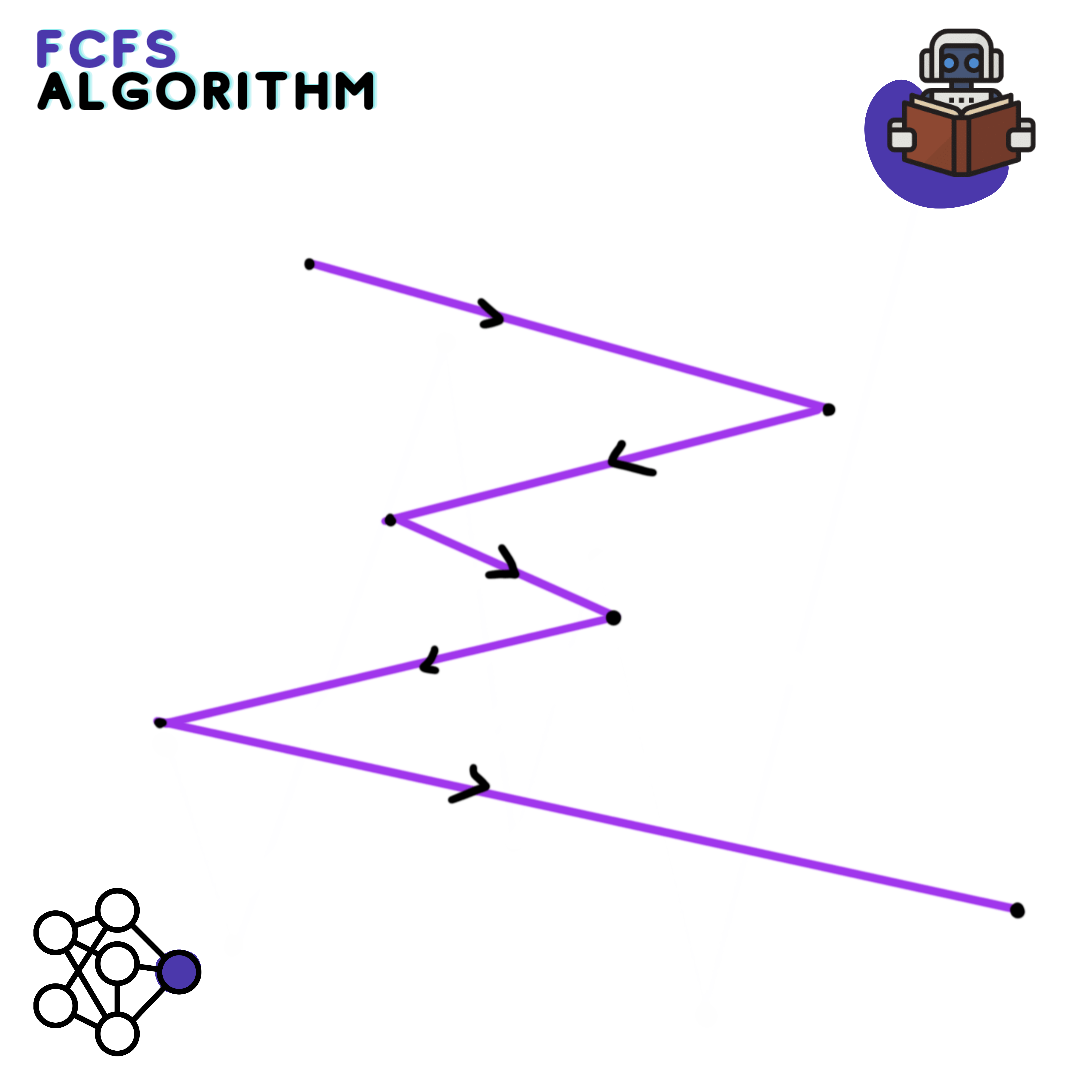Disc scheduling Algorithms
Disk scheduling is done by operating systems to schedule I/O requests arriving for the disk. Disk scheduling is also known as I/O scheduling.
Key Terms :
Seek Time:Seek time is the time taken to locate the disk arm to a specified track where the data is to be read or write. So the disk scheduling algorithm that gives minimum average seek time is better.
Head : Is defined as the starting position of the disk arm


The Types
The following are six different types of Disc scheduling algorithms.

CSCAN
The disk arm again scans the path that has been scanned, after reversing its direction.
Know MoreLOOK
Disk arm in spite of going to the end of the disk goes only to the last request to be serviced in front of the head and then reverses its direction from there.
Know MoreSCAN
The disk arm moves into a particular direction and services the requests coming in its path and after reaching the end of disk, it reverses its direction.
Know MoreCLOOK
The disk arm in spite of going to the end goes only to the last request to be serviced in front of the head and then from there goes to the other end’s last request.
Know MoreFCFS Algorithm
CSCAN Algorithm
LOOK Algorithm
SCAN Algorithm
The Team





Thank You!
This website is part of our University project - (Pandit Deendayal Energy University) for the Operating Systems Lab course. We are taking feedbacks for any bugs you face for this site. Ping anyone of the developer on their LinkedIn profile given below if you wish to report a bug.










